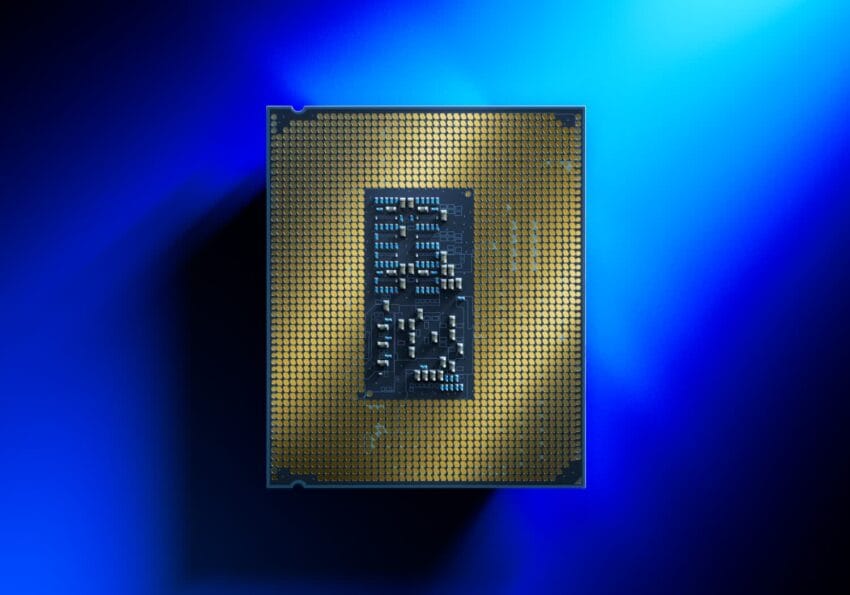
Intel drivers introduce shared gpu memory override — Intel has launched a new driver feature that allows users of its Core Ultra processors with Arc graphics to manually adjust RAM allocation for enhanced gaming performance..
Intel Drivers Introduce Shared Gpu Memory Override
Intel has launched a new driver feature that allows users of its Core Ultra processors with Arc graphics to manually adjust RAM allocation for enhanced gaming performance.
Introduction of Shared GPU Memory Override
Intel has made a noteworthy advancement in its driver software by introducing the Shared GPU Memory Override option. This feature is specifically designed for users of the Core Ultra series equipped with integrated Arc graphics. The update allows users to customize the amount of system RAM that is dedicated to the integrated GPU, thereby enhancing gaming performance and overall graphics capabilities.
Understanding Integrated Graphics
Integrated graphics have become increasingly common in modern computing, particularly in laptops and budget desktops. Unlike dedicated graphics cards, which have their own memory (VRAM), integrated graphics share system RAM. This means that the performance of integrated graphics can be significantly influenced by the amount of RAM allocated to them. Intel’s introduction of the Shared GPU Memory Override is a response to this need for customization, allowing for a more tailored gaming experience.
The Role of RAM in Gaming
In gaming, RAM plays a crucial role in performance. The amount of RAM allocated to the integrated GPU can directly impact frame rates, texture quality, and overall visual fidelity. For many users, especially those who engage in resource-intensive gaming, having the ability to adjust this allocation can lead to a more satisfying experience.
Default Settings and Customization Options
Prior to this update, the default allocation for integrated GPU memory was set at 57% of the system’s total RAM. For users with systems equipped with 16GB of RAM, this meant that approximately 9.12GB was allocated to the integrated GPU. However, with the new Shared GPU Memory Override feature, users can now allocate up to 87% of their system RAM to the integrated GPU.
How to Adjust RAM Allocation
To utilize the Shared GPU Memory Override feature, users can access the Intel Graphics Command Center or the Intel Driver & Support Assistant. Within these tools, users will find options to adjust the RAM allocation for their integrated GPU. This process is straightforward and can be completed in just a few clicks, allowing even less tech-savvy users to optimize their gaming experience.
Impact of Customization
This increased flexibility is particularly beneficial for gamers who may require additional memory for resource-intensive games. For instance, in scenarios where titles demand higher graphical fidelity or smoother frame rates, users can now adjust their RAM allocation to meet these requirements. This capability allows for a more personalized experience, enabling users to optimize their systems according to their specific gaming needs and preferences.
Potential Benefits for Gamers
The introduction of the Shared GPU Memory Override option is expected to yield several benefits for gamers:
- Improved Frame Rates: By allowing users to increase the memory available to the integrated GPU, Intel aims to enhance frame rates in demanding games.
- Better Graphics Quality: The additional RAM can improve texture quality and overall visual fidelity, making for a more immersive gaming experience.
- Customization for Individual Needs: Users can tailor their settings based on the specific demands of the games they play, leading to a more optimized system performance.
Real-World Applications
In practical terms, the enhanced RAM allocation can significantly impact gameplay. For example, in fast-paced action games or open-world titles where graphical detail is paramount, the additional memory could result in smoother transitions and reduced lag. Gamers who frequently switch between multiple applications while gaming may also find this feature advantageous, as it allows for more efficient resource management.
Examples of Games Benefiting from the Feature
Several popular titles could greatly benefit from the Shared GPU Memory Override feature. Games like:
- Call of Duty: Warzone: A demanding title that often requires substantial graphical resources.
- The Witcher 3: Known for its rich graphics and expansive world, it can be resource-intensive.
- Cyberpunk 2077: A game that pushes hardware limits, making RAM allocation critical for performance.
These games, among others, stand to gain improved performance metrics through enhanced RAM allocation.
Conclusion
With the introduction of the Shared GPU Memory Override option, Intel is taking a significant step toward enhancing the user experience for its Core Ultra processors equipped with Arc graphics. This update not only provides greater control over system resources but also opens up new possibilities for improved gaming performance. As gaming continues to evolve, features like this will be crucial in ensuring that integrated graphics can compete with dedicated solutions, especially in an era where high-quality graphics are increasingly expected.
Future Implications
Looking ahead, the introduction of this feature may pave the way for further enhancements in integrated graphics technology. As more users adopt integrated solutions for gaming, the demand for customizable features will likely increase. Intel’s move could encourage other manufacturers to follow suit, leading to a more competitive landscape in the integrated graphics market.
Industry Trends
The gaming industry is witnessing a shift towards integrated graphics solutions, driven by advancements in technology and user demand for cost-effective options. Intel’s innovation may set a precedent that compels competitors to enhance their offerings, further motivating the development of integrated graphics capabilities.
Stakeholder Impact
The impact of this update extends beyond just gamers. System manufacturers and retailers may see a shift in consumer preferences as users become more aware of the capabilities of integrated graphics. Furthermore, Intel’s commitment to improving integrated graphics performance could bolster its position in the market, especially against competitors who may not offer similar customization options.
Consumer Awareness and Preferences
As consumers become more educated about integrated graphics, they may prioritize systems that offer features like the Shared GPU Memory Override. This could lead to increased sales for Intel-powered devices, as users seek out options that provide flexibility and enhanced performance.
Final Thoughts
Intel’s Shared GPU Memory Override feature represents a significant advancement in the realm of integrated graphics. By empowering users with the ability to customize RAM allocation, Intel is not only enhancing gaming performance but also setting a precedent for future developments in graphics technology. As users continue to seek more control over their systems, features like this will become increasingly important in delivering a satisfying and high-performance gaming experience.
Source: Original reporting
Further reading: related insights.
Was this helpful?
Last Modified: August 18, 2025 at 2:20 pm
2 views















